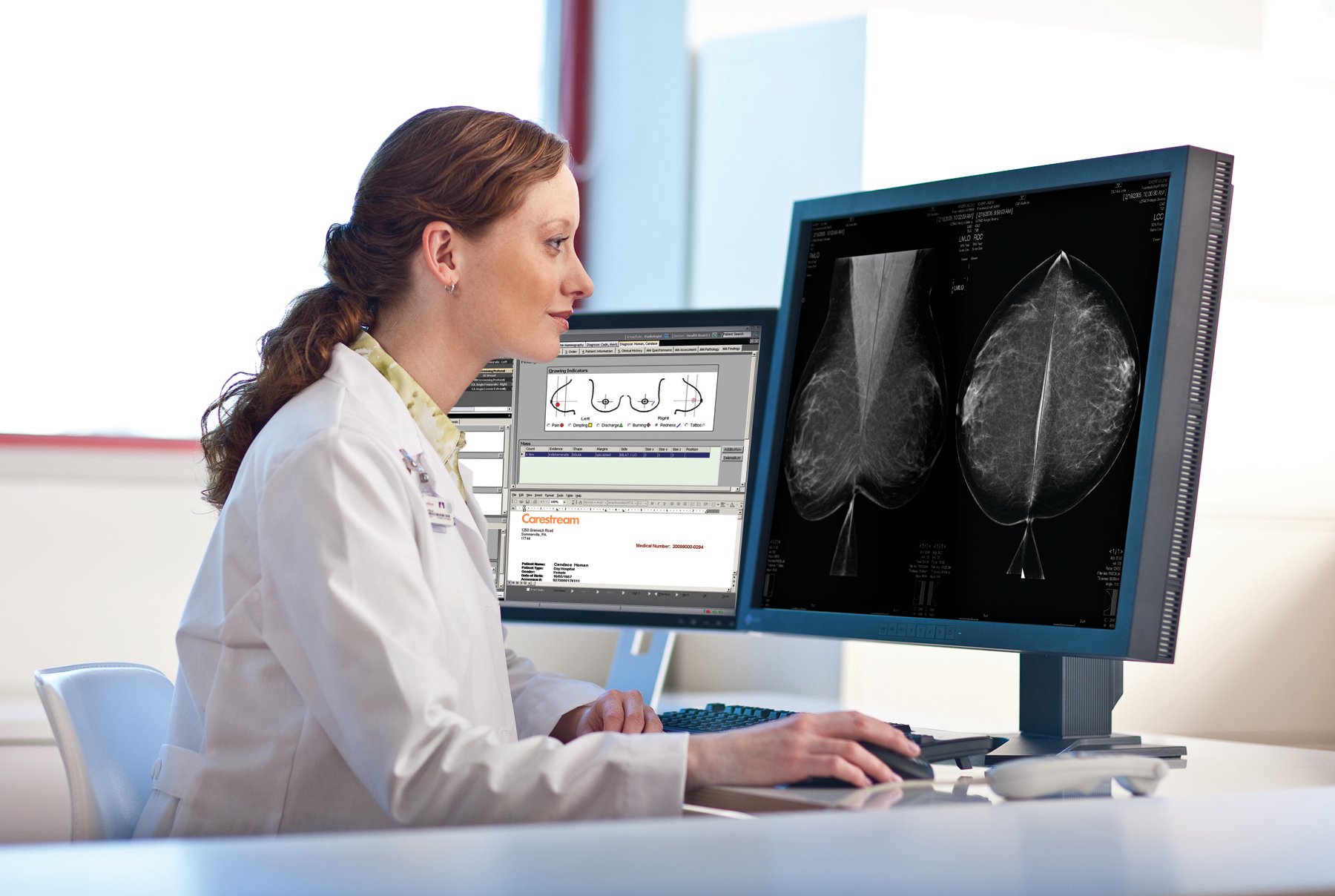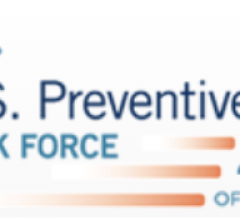
March 6, 2014 — Spurred by provisions of the Affordable Care Act (ACA) and other legislation, usage of breast cancer screening mammography and related follow-on diagnostic testing is expected to increase in the coming years. Yet there is wide variation in the utilization and sequence of follow-on testing on a patient-by-patient basis, including a high rate of “false positive” for biopsies. This suggests better methods for selecting suspicious lesions could reduce the number of unnecessary biopsies. Efforts by payers to ensure high quality and efficient care during the screening mammogram process should therefore extend to the tests used when those mammograms return suspicious results. This is according to a new study released today that analyzes commercial claims data, prepared by Milliman Inc. and sponsored by Gamma Medica.
In the analysis, Milliman, a global consulting and actuarial firm, reviewed claims data from 2009-2011 from MarketScan, a database of all paid claims generated by approximately 30 million commercially insured lives from roughly 100 private sector payers. They identified a study population of roughly one million women aged 30-64 screened by mammogram. They found 17 percent of screening mammograms had follow-on testing, a recall rate higher than the 5-14 percent rates that have been reported in other studies. Follow-on testing can include further mammograms, sonography, magnetic resonance imaging (MRI), molecular breast imaging (MBI) and biopsy, among other procedures.
Study authors determined the average breast cancer screening episode cost per 30-64 year old screened woman was $249.70, with the screening mammogram itself contributing 62 percent of the cost and the remaining 38 percent of the cost coming from follow-on diagnostics. Among follow-on diagnostics, nearly 18 percent of the total breast cancer screening episode cost was from biopsy, 8.3 percent from sonogram, 7.2 percent from follow-up diagnostic mammogram and 4.2 percent from MRI. Less than 1 percent of the total cost was attributed to molecular breast imaging and other radiological imaging procedures.
The analysis noted wide variation in the utilization and sequencing of follow-on diagnostics. For example, some women had a single follow-on diagnostic followed by biopsy, while others received as many as four procedures with or without biopsy. Authors reported a breast biopsy rate (2.4 percent) from the study population twice as high as rates published by the Breast Cancer Surveillance Consortium, which collects screening data on more than 2 million U.S. women. The report also suggested a “false positive rate” of 81 percent, higher than the 66-72 percent that has been reported by the Breast Cancer Surveillance Consortium. That rate didn’t vary appreciably by the diagnostics that preceded the biopsy.
The findings come at a time of transformation for the breast cancer screening landscape: adherence is expected to increase due to the ACA’s elimination of patient cost sharing, as well as a growing focus on the higher cancer risk facing women with dense breasts -- an estimated 40 percent of women for whom mammograms are not as sensitive in detecting cancer. At the same time, the breast cancer screening continuum is expensive, with wide variation in the utilization of the follow-on diagnostics that encompass a significant portion of screening costs. These findings highlight the need for payers/employers to evaluate the quality and value of breast cancer screening follow-on diagnostic patterns. In order to do so, payers/employers can review their population’s breast cancer screening recall rates, biopsy rates and evidence of subsequent cancer detection. A review of benefit coverage policies that align with emerging best practices in light of new evidence and technologies is also recommended. See the study for payer/employer considerations.
The study is titled, “An Actuarial Analysis of Utilization and Cost of Breast Cancer Screening and Follow-on Diagnostics in a Commercially Insured Population.”
For more information: us.milliman.com, www.gammamedica.com


 May 06, 2024
May 06, 2024 








